Traditionally Greater Cairo refers to three governorates: Cairo, Giza, and Qalubiyah. 6th October and Hulwan were originally part of Giza and Cairo respectively, but in late 2008 they were incorporated as two separate governorates. However, after the revolution of January 25 2011, they were annexed back to their respective governorates.
The combined population of the five governorates is 19,439,541 as of the last major census in 2006, which makes people think that Cairo has that insane amount of people living in it – not true; Cairo’s population is only 7,786,640.
Still, it’s a very crowded city.
Cairo (Al Qahirah)
The governorate sits atop the remains of several older cities, and it includes a lot of the ancient and archaic capitals of Egypt.
Cairo has been the Capital of Egypt since 973CE, long before that during the time of the Ancient Egyptians; Memphis which lies about 12miles (20 km) south of Cairo was the capital of Egypt. As Memphis dwindled in importance, the Romans built a fortress in what is now Old Cairo named Babylon Fortress, the remains of which are still around in Fustat.
At the time of the Muslim conquest of Egypt in 641, ‘Amr ibn al-‘As built Al-Fustat just north of Coptic Cairo and Babylon. The capital was moved from Alexandria to the new city. Al-Fustat also became a regional center of Islam and home to the Mosque of Amr ibn al-As, the first mosque in Egypt and Africa. When the Abbasids came to power after the Umayyads in 750CE, they moved the capital to Al-‘Askar, which they had built just north of Al-Fustat. In 868CE, Ahmad ibn Tulun moved the capital to a new settlement, Al-Qatta’i. However, by the end of the 9th century Al-‘Askar had become indistinguishable from Al-Fustat; and Al-Qatta’i was destroyed by the Abbasids when they recaptured Egypt in 905CE. Once again Al-Fustat became the capital of Egypt.
Cairo was built by the Fatimid General Gawhar al-Siqilli. The name Al-Qahirah means the Vanquisher or the Conqueror, not the Victorious as is popular in most translations of the name.
Cairo is home to a large percentage of the Egypt’s cultural scene, and most of its Islamic antiquity. It houses the Cairo Opera House, the Cairo Tower, several parks including Al-Azhar Park, Khan El-khalili bazaar, Al-Azhar mosque and University – the second oldest university in the world, and the Egyptian Museum. Cairo can be very daunting, polluted, and noisy, but it’s a wondrous place to explore.
Hulwan
Hulwan sits on the bank of the Nile opposite the ruins of Memphis to the south of Cairo. It had a population of 643,327 at the 2006 population census.
It was an archaic settlement and had one of the oldest dams in the world in Wadi Houf. It waned in importance until the time of the Ummayads, when Abdul Aziz ibn Marwan moved the capital there temporarily during the plague that hit Al Fustat, and again until the 20th century when it became an industrial centre.
The Khedivial Astronomical Observatory was built here 1903-1904, and was used to observe Halley’s Comet. The area also has hot Sulphur Springs, an astronomical observatory, and the Japanese Garden was designed in 1917 by Zulfugar Pasha (who went on to create Andalus Garden in Zamalek for his wife), a local resident, and given to Sultan Husseinas a gift.
Excursions in Hulwan include: Wadi Gerawi, a desert valley running east-west between steep limestone walls where the remains of an ancient dam, the Saddel-Oarafa, dating from the Early Old Kingdom. The dam was designed to pound the water which flowed down the valley in rainy winters and so provide drinking water for the workmen employed in the alabaster quarries.
Another worthwhile trip from Hulwan is Wadi Risheid. Another desert valley that gradually closes in to form a very picturesque gorge, at the end of which, lying at different levels one above the other, are several watering points used by the Bedouin.
Last but not lesast is Wadi Houf, which is noted for its scenic beauty, its curious fossils (examples of which can be seen in the Cairo museums) and the desert vegetation which springs to life after rain. At the near end of the valley is the prehistoric settlement of El-Omari, the cemetery of which has been excavated. If time permits it is well worth making a detour into the Reil Gorge, with grandiose scenery at the head of the valley.
Giza (Al Jiza)
Is located to the west of the Egyptian capital Cairo; and home to the world-famous Giza Plateau. Housing the Great Pyramids of Giza, the Sphinx, and the Saqqara complex, it is also the future home of the Grand Egyptian museum.
It is located about 20 km southwest of Cairo on the west bank of the Nile, and has a population of 6,272,571 people as of 2006’s census. Giza has little other more than impressive ancient complex by the Pyramids, Saqqarah, Dahshur, and Abusir; all of which have great Temple and burial complexes and several earlier pyramids.
One thing that is very beautiful to watch would be the Sound and Light Show at the pyramids.
Other places to see in Giza are the Orman Botanical Gardens and the Giza Zoo which is the first zoo in the entire African continent and one of the oldest in the Mediterranean region. It is also home to the Pharaonic Village, a living history exhibition of the daily lives of ancient Egyptians, and the village of Harrania, a short distance southwest of Cairo, is noted for its woven carpets and rugs in native designs.
6th October
Lies to the west of the Nile, and is one of the much newer communities in Greater Cairo with a population of 500,000 people.
There’s not much in 6th of October, it is home to Dream Park and the Egyptian Media Production City with Dream Park’s rival, Magic Land.
It is also home to the Bahariya Oasis, approximately 300 km southwest of Cairo. It serves as a starting point for safaris into the western desert. There is also the ruin of a temple to Alexander the Great located within the Bahariya Oasis. It is believed by some Egyptologists that the Greek conqueror passed through Bahariya while returning from the oracle of Ammon at Siwa Oasis.
Al Qalubiyah
Lies to the north of Cairo within the Nile Delta with a population of 4,237,003; Al Qalubiyah is part of Greater Cairo. Its capital is Banha. It is the leading Egyptian governorate in the production of chicken, eggs, orange, fig and apricot.
There really not much to see in Al Qalubiyah, it’s split between the industrial area of Shubra Al-Kheima, and the orchards and agricultural lands.
However, there’s just one place to visit in Al Qalubiyah, Al Qanater Al Khairiyah, it is where the Nile splits off into the Damietta and Rosetta branches, where the Nile Delta begins. It’s about 22 km to the north of Cairo and is home to a wide range of gardens and parks. The name means The Charitable Barrages; it was built by Mohammed Ali in 1840 to regulate the flood waters into the Delta for agriculture, it was repaired and upgraded during the rule of Khideve Ismail in 1867. The site of Al Qanater was a popular resort where King Farouk and later Sadat spent some time in one of the palaces over there.

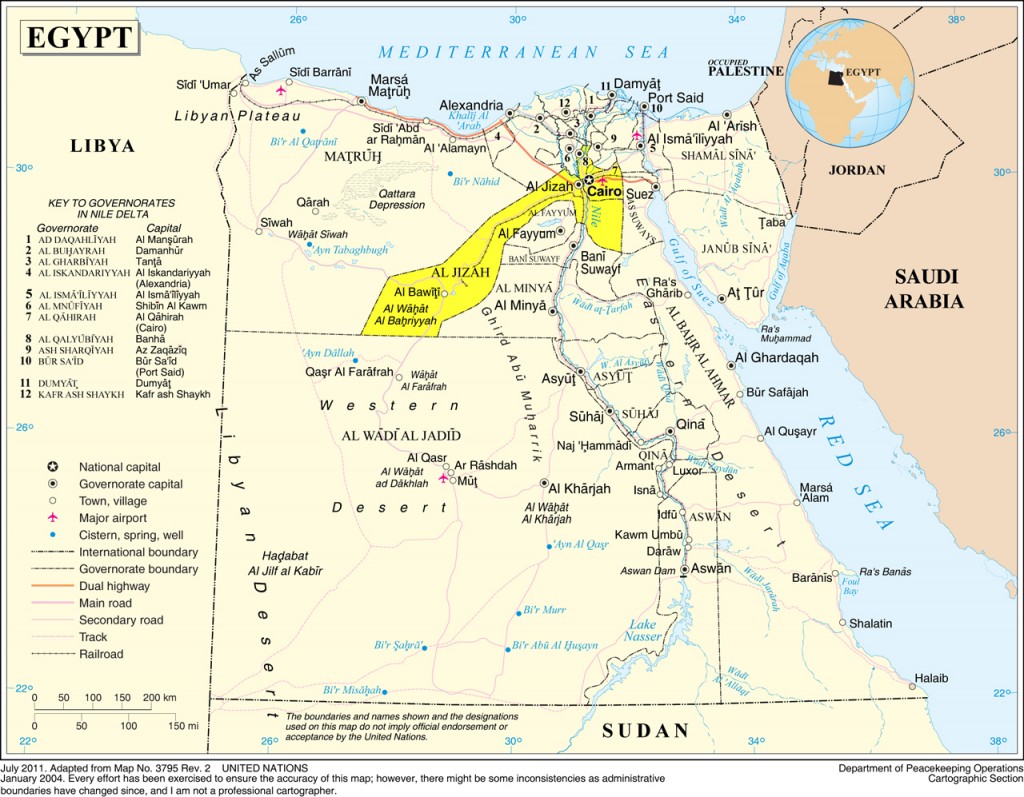
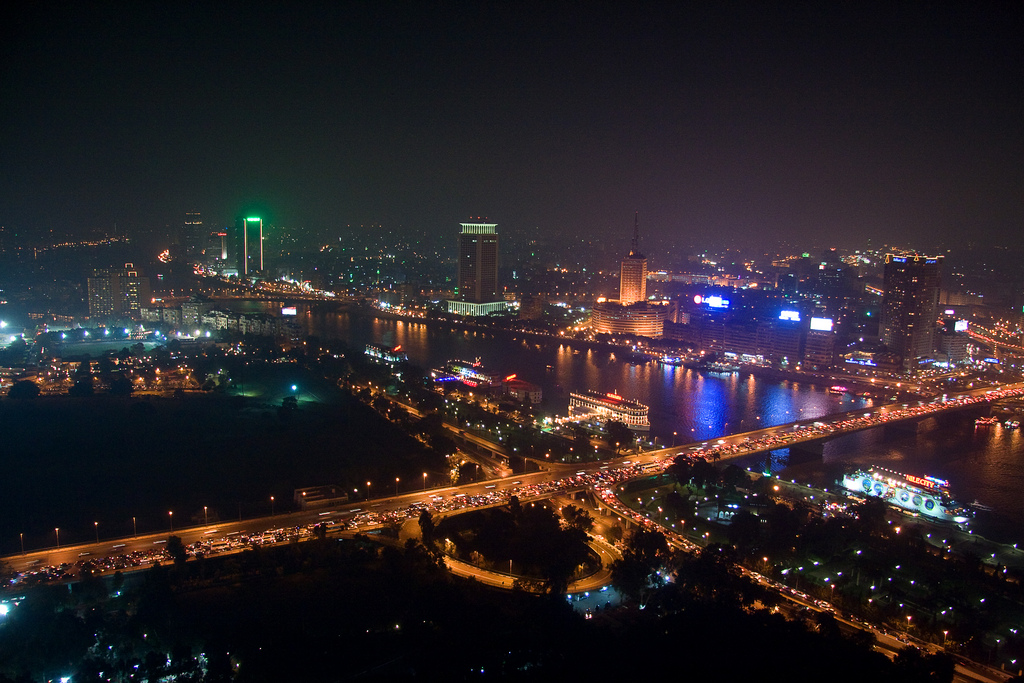
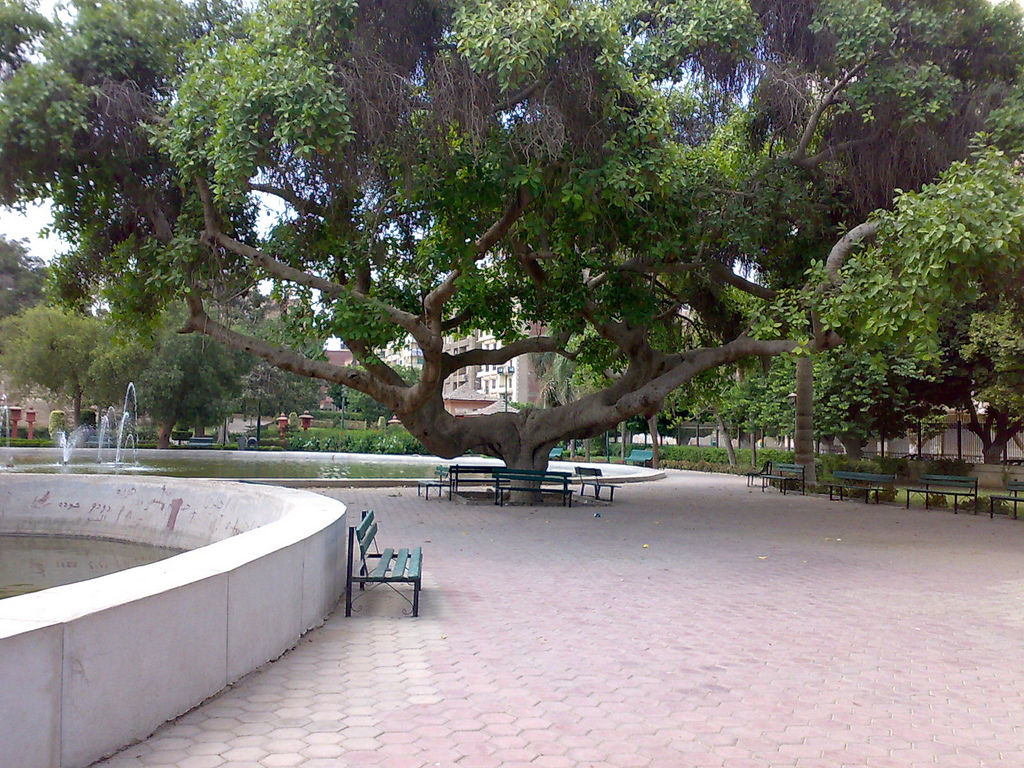
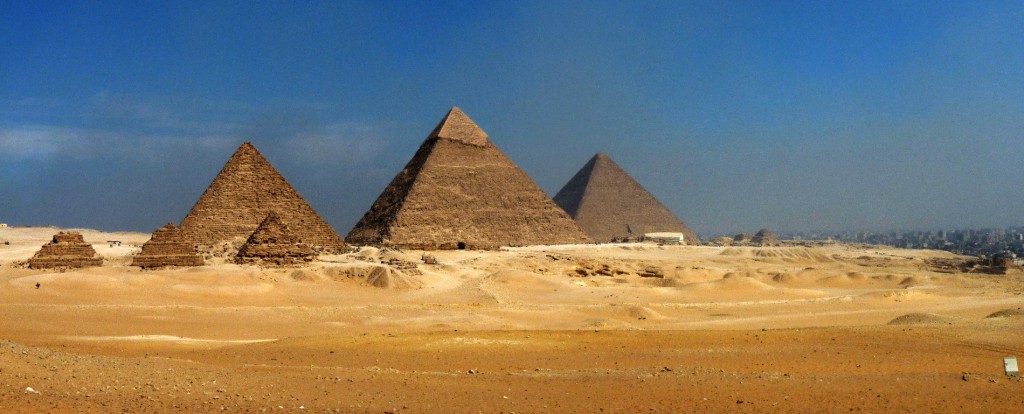
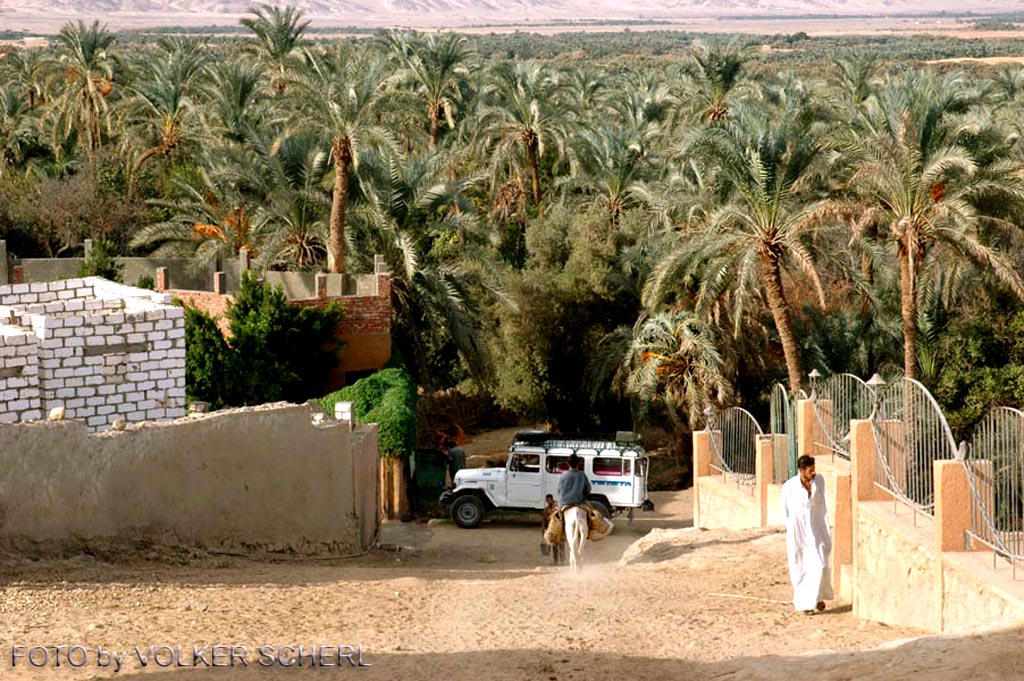
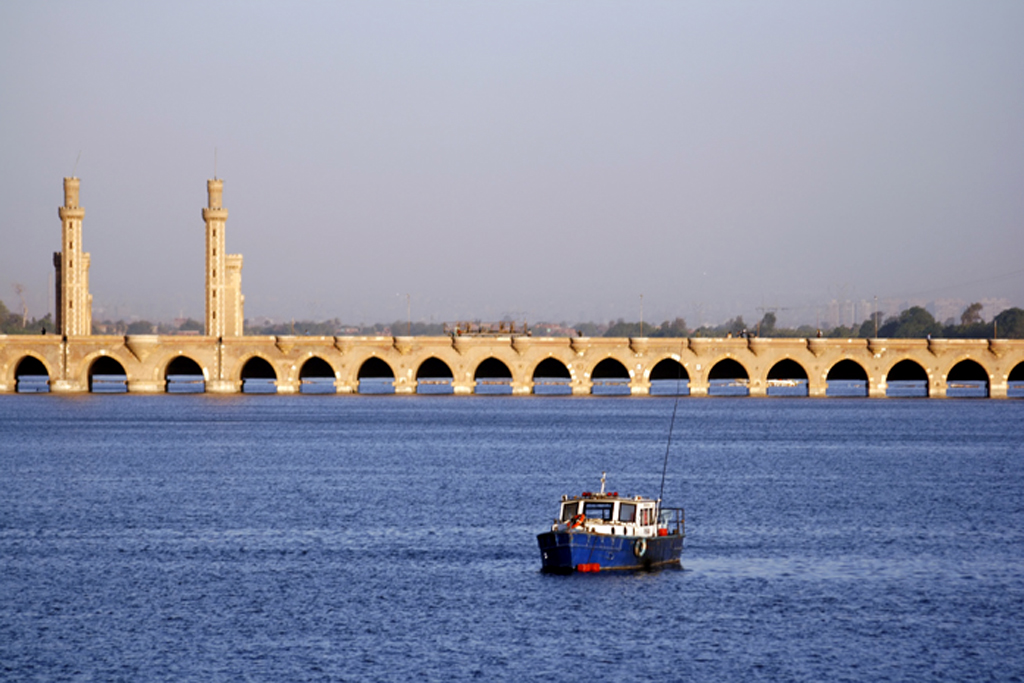








Trackbacks for this post